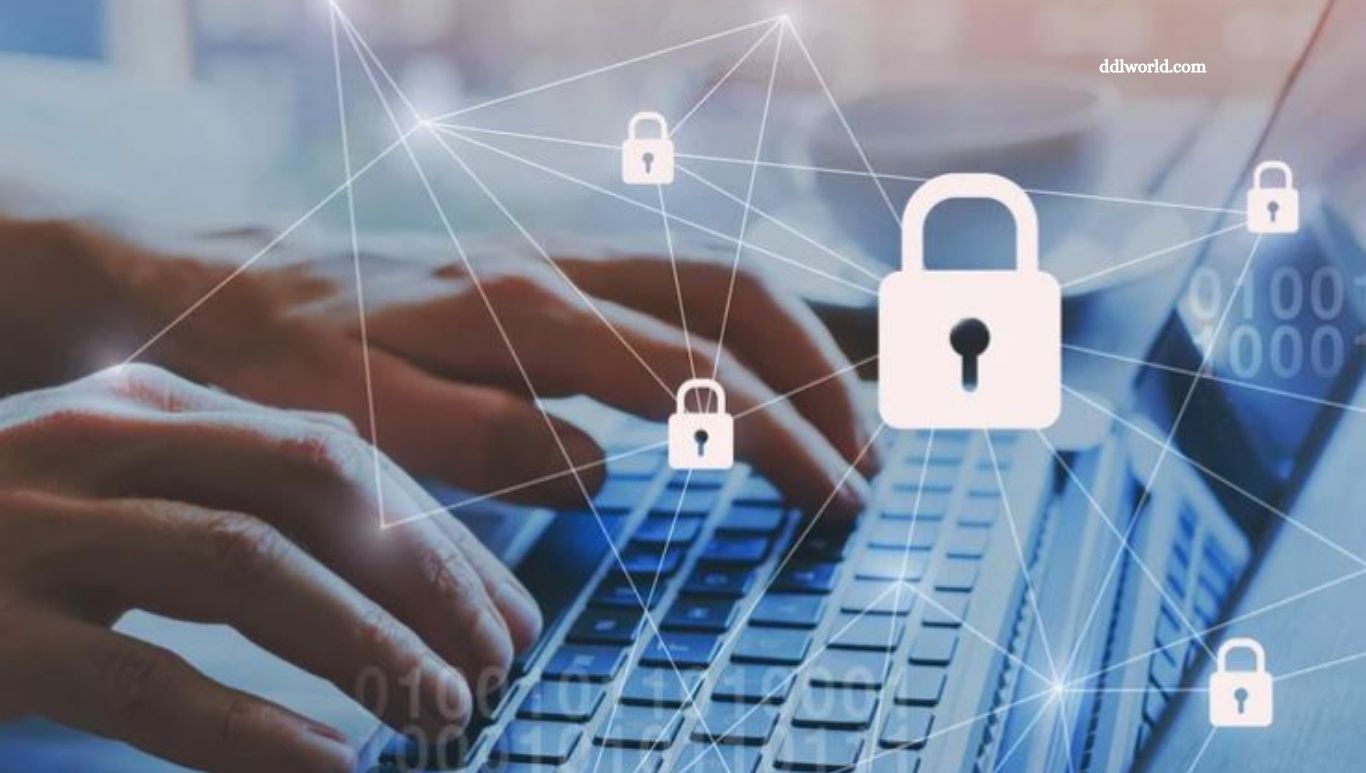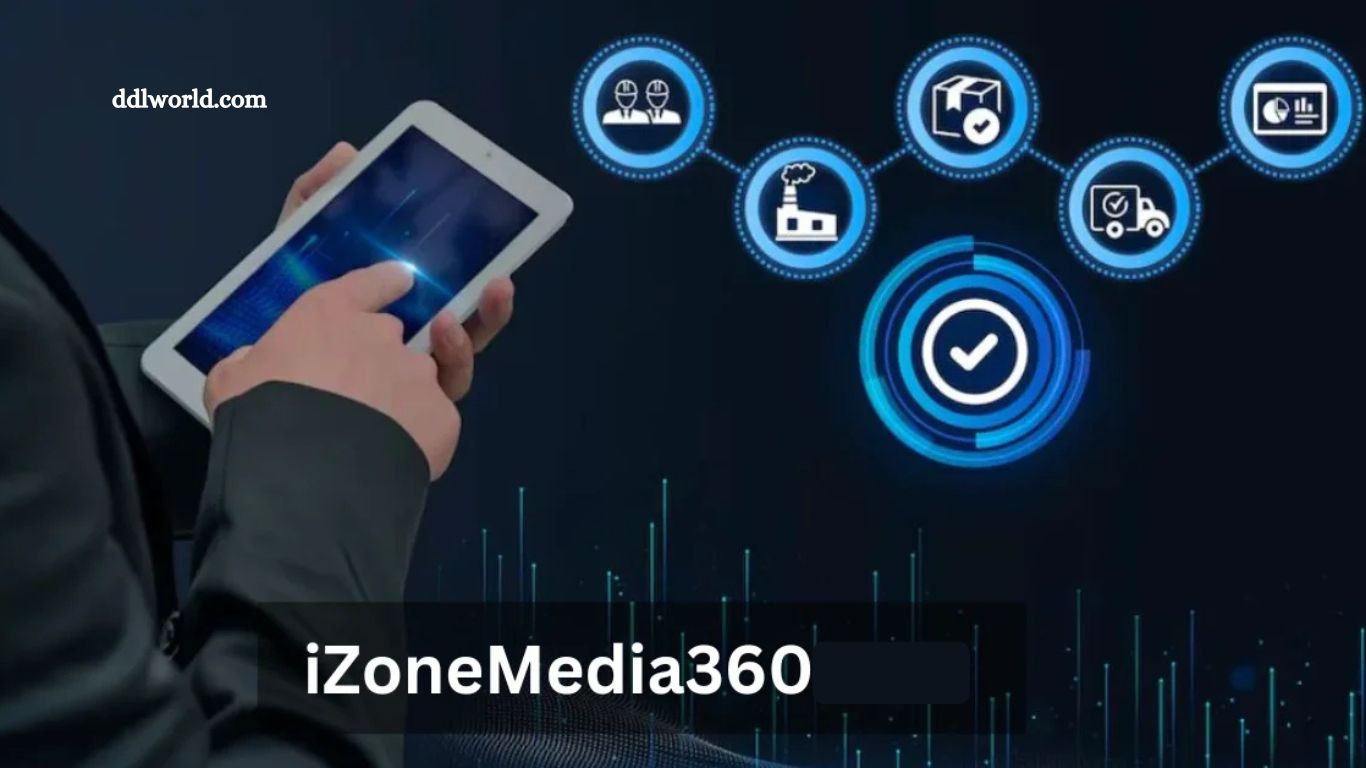Everything You Need to Know About thejavasea.me Leak: aio-tlp287

Data leaks have become an alarming reality for individuals and organizations navigating today’s interconnected digital landscape. The unauthorized exposure of sensitive information not only threatens privacy but also undermines trust and security across industries. A recent incident drawing significant attention involves thejavasea.me leaks, specifically focusing on the AIO-TLP287 breach.
This case has sparked widespread concern, prompting discussions about vulnerabilities, accountability, and preventive measures. Understanding the details of such leaks is crucial for recognizing potential risks and reinforcing cybersecurity practices. This article delves into the specifics of the AIO-TLP287 leak, explores its broader implications, and offers practical insights on how to mitigate similar threats. By staying informed, users and businesses can better protect themselves against the ever-evolving challenges of data security.
Read More: Vezgieclaptezims: Exploring the Wonders of This Unique Concept
Understanding TheJavaSea.me and AIO-TLP287
To grasp the significance of the thejavasea.me leaks involving AIO-TLP287, it is important to first clarify what these terms represent. TheJavaSea.me is a website known for offering access to various online resources, though it has recently come under scrutiny due to allegations of leaking sensitive information. Once regarded as a niche platform, its involvement in data exposure incidents has raised serious concerns.
AIO-TLP287 refers to a specific dataset associated with the leak, comprising user credentials, personal details, and potentially other confidential information. Within cybersecurity and data breach communities, such identifiers are systematically cataloged for ease of reference. The term AIO-TLP287 has since become synonymous with the scale and sensitivity of the compromised data linked to this breach.
The Significance of the Leak
What Was Exposed?
The thejavasea.me AIO-TLP287 leak has far-reaching implications, highlighting the serious risks associated with data breaches. Exposed information reportedly includes usernames, passwords, email addresses, and other sensitive personal data. Such leaks open the door to identity theft, financial fraud, unauthorized account access, and widespread privacy violations.
What makes this incident particularly alarming is not only the sheer volume of data but also the nature of the compromised information, which can be easily exploited for malicious purposes. The scope of exposure has triggered significant concerns across cybersecurity communities.
Who Is Affected?
The immediate victims are the individuals whose personal data was compromised. However, the ripple effects extend further. Companies or organizations that interacted with TheJavaSea.me, either through partnerships or shared user bases, may also face reputational damage and heightened security risks. Trust from clients, stakeholders, and regulatory bodies could be severely impacted, leading to increased scrutiny and possible operational disruptions.
Legal Implications
Beyond the technical and reputational fallout, legal consequences are likely. Data protection authorities may investigate potential violations of privacy regulations, such as GDPR or similar laws, depending on the affected jurisdictions. TheJavaSea.me could face lawsuits, fines, or other sanctions if found negligent in safeguarding user data. Furthermore, affiliated organizations may also find themselves entangled in legal inquiries, especially if their data handling practices are called into question.
Steps to Take After a Data Leak
If you suspect that your information may have been compromised in the thejavasea.me AIO-TLP287 leak, taking swift and proactive measures is essential to minimize potential damage. Here are key steps you should follow to protect yourself and mitigate risks:
Change Your Passwords
Immediately update your passwords, especially for accounts that share the same or similar credentials. Prioritize sensitive accounts such as email, banking, and social media. Utilize a reputable password manager to generate strong, unique passwords and store them securely. Avoid reusing passwords across multiple platforms to prevent further exposure.
Monitor Your Accounts
Vigilantly monitor all your online accounts for unusual activity, including unauthorized logins, password reset requests, or unfamiliar transactions. Enable two-factor authentication (2FA) wherever possible to add an extra layer of security, making it more difficult for attackers to gain access.
Enroll in Credit Monitoring Services
If the leaked data includes financial information, enrolling in a credit monitoring service is highly recommended. These services provide real-time alerts of suspicious activities, such as new credit applications or changes to your credit report, allowing you to respond quickly to potential identity theft.
Investigate Your Exposure
Take advantage of online tools designed to check whether your personal data has been involved in known breaches. Platforms like Have I Been Pwned can help you verify if your email addresses, usernames, or passwords appear in leaked datasets. Staying informed about your digital exposure empowers you to act promptly and effectively.
By following these steps, you can significantly reduce the risks associated with the data leak and strengthen your overall cybersecurity posture.
Protecting Yourself from Future Leaks
The thejavasea.me AIO-TLP287 incident serves as a critical reminder of the importance of proactive cybersecurity. To better protect yourself against future data breaches, adopting strong security habits is essential. Here are several practical strategies to enhance your digital safety:
Regularly Update Your Security Practices
Stay current with evolving cybersecurity threats and best practices. Ensure that all your devices, applications, and security software are regularly updated to patch known vulnerabilities. Be cautious of phishing attempts, suspicious links, and unsolicited communications that could compromise your data.
Implement Multifactor Authentication (MFA)
Enhancing account security with multifactor authentication adds a crucial extra layer of protection. Even if your password is exposed, a secondary verification method—such as a code sent to your phone or an authentication app—can prevent unauthorized access.
Assess Website and Service Security
Before providing personal information, research the credibility and security practices of websites and services. Look for secure HTTPS connections, clear privacy policies, and trust signals such as verified badges or third-party security certifications. Avoid sharing sensitive data on unfamiliar or poorly maintained platforms.
Exercise Caution with Public Wi-Fi
Public Wi-Fi networks often lack robust security, making them prime targets for cybercriminals. Avoid accessing sensitive accounts or conducting financial transactions on public networks. When necessary, use a Virtual Private Network (VPN) to encrypt your connection and protect your data from interception.
By incorporating these preventive measures into your digital habits, you can significantly reduce your exposure to future data leaks and strengthen your overall cybersecurity resilience.
Frequently Asked Questions
What is thejavasea.me leak (AIO-TLP287)?
The thejavasea.me leak, known as AIO-TLP287, refers to the unauthorized exposure of sensitive user data, including login credentials and personal information. This data set was allegedly leaked and circulated in hacking forums, raising serious privacy and security concerns.
What kind of data was exposed in the AIO-TLP287 leak?
The leaked data reportedly includes usernames, passwords, email addresses, and possibly other personal identifiers. Depending on the source, additional sensitive information may also be involved.
How can I check if my data was affected?
You can use breach notification services like Have I Been Pwned to check if your email address or username appears in known data breaches, including this one.
Who is most at risk from this leak?
Individuals who had accounts or interactions with thejavasea.me are most at risk. However, the impact could extend to affiliated organizations, partners, or services connected to compromised credentials.
What are the risks of my data being leaked?
Exposed data can be exploited for identity theft, account takeovers, phishing attacks, and financial fraud. Even minor leaks can lead to broader cyber threats if left unaddressed.
What should I do if my information was leaked?
Immediately change all affected passwords, enable two-factor authentication (2FA), monitor your accounts for suspicious activity, and consider enrolling in credit monitoring services if sensitive financial data was compromised.
Conclusion
The thejavasea.me AIO-TLP287 leak serves as a stark reminder of the growing challenges in digital security. Data breaches not only compromise personal privacy but also expose individuals and organizations to significant financial and reputational risks. Understanding the scope of such incidents, recognizing the signs of exposure, and taking swift action are essential steps in minimizing potential damage.





